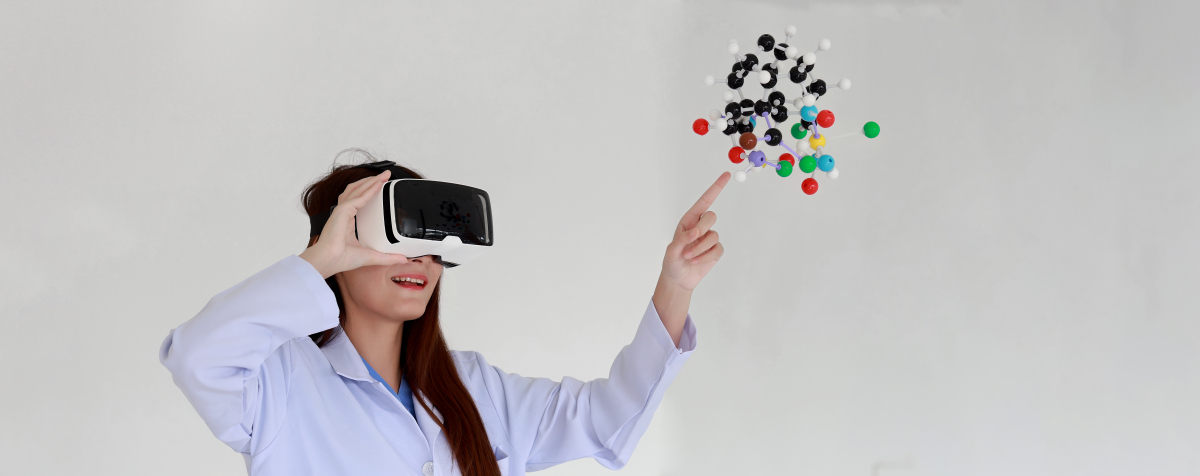Research Proposal: Evaluating User Experience of VR Glasses in Wisdom Manufacturing
Research Proposal: Evaluating User Experience of Virtual Reality Glasses in Wisdom Manufacturing
Introduction
Virtual reality (VR) is a technology that has been gaining traction in recent years, and its applications have been explored in various fields. One of the areas that could benefit from VR is manufacturing. Wisdom Manufacturing (WM) is a company that specializes in producing industrial goods. The use of VR glasses in WM could help workers visualize products and processes, leading to improved productivity, safety, and efficiency. This proposal seeks to explore two applications of VR glasses in WM and how to study user experience for the mentioned use.
Research Questions
- What are the two applications of VR glasses in Wisdom Manufacturing?
- How can user experience of VR glasses in WM be studied for the mentioned use?
Literature Review
Virtual Reality in Manufacturing
Virtual reality has been applied in various fields, including education, healthcare, and entertainment. In manufacturing, VR is increasingly being used for training, design, and visualization. VR technology allows workers to simulate real-world scenarios in a safe and controlled environment. It provides an immersive experience that enables workers to test and refine products and processes without risking injuries or damages to equipment. VR technology is particularly useful in complex manufacturing processes that require precision, such as assembly and maintenance of machinery.
User Experience of Virtual Reality Glasses
User experience (UX) is a critical factor in the success of any technology. UX is the overall experience that a user has while interacting with a product or service. In the case of VR glasses, UX is influenced by various factors, such as comfort, ease of use, visual quality, and content. VR glasses should be comfortable to wear for extended periods without causing discomfort or fatigue. The ease of use of VR glasses is also crucial, as complex or unintuitive interfaces can hinder their adoption. Visual quality is another critical factor in UX, as VR glasses should provide high-quality images that are realistic and immersive. Lastly, the content that is displayed on VR glasses should be engaging and relevant to the user's needs and interests.
Methodology
The proposed study will use a mixed-methods approach to explore the research questions. The study will involve two phases:
Phase 1: Identification of Applications of VR Glasses in Wisdom Manufacturing
This phase will involve a review of literature and a consultation with experts in WM to identify two applications of VR glasses in the company. The identified applications will be evaluated based on their potential impact on productivity, safety, and efficiency.
Phase 2: Study of User Experience of VR Glasses in Wisdom Manufacturing
This phase will involve a study of user experience of VR glasses in WM for the identified applications. The study will use a combination of quantitative and qualitative methods, including surveys, interviews, and observations. The study will evaluate the UX of VR glasses based on the following factors:
- Comfort: How comfortable are the VR glasses to wear for extended periods?
- Ease of use: How easy is it to use VR glasses to perform tasks?
- Visual quality: How realistic and immersive are the images displayed on VR glasses?
- Content: How engaging and relevant is the content displayed on VR glasses?
Conclusion
This proposal seeks to explore two applications of VR glasses in Wisdom Manufacturing and how to study user experience for the mentioned use. The proposed study will use a mixed-methods approach to evaluate the UX of VR glasses based on various factors such as comfort, ease of use, visual quality, and content. The study findings could inform the adoption of VR glasses in manufacturing, leading to improved productivity, safety, and efficiency.
References
Bouzit, M., Lamouri, S., & Bouzit, M. (2018). Virtual reality and industry 4.0: a review. Virtual Reality, 22(2), 1-17.
Cummings, J. J., & Bailenson, J. N. (2016). How immersive is enough? A meta-analysis of the effect of immersive technology on user presence. Media Psychology, 19(2), 272-309.
Davis, F. D. (1989). Perceived usefulness, perceived ease of use, and user acceptance of information technology. MIS Quarterly, 13(3), 319-340.
Hassenzahl, M. (2010). Experience design: Technology for all the right reasons. San Francisco, CA: Morgan Kaufmann.
Kumar, A., & Jaiswal, S. (2018). Virtual reality in manufacturing: A review of literature. Journal of Manufacturing Technology Management, 29(3), 444-461.

原文地址: https://www.cveoy.top/t/topic/n4qr 著作权归作者所有。请勿转载和采集!